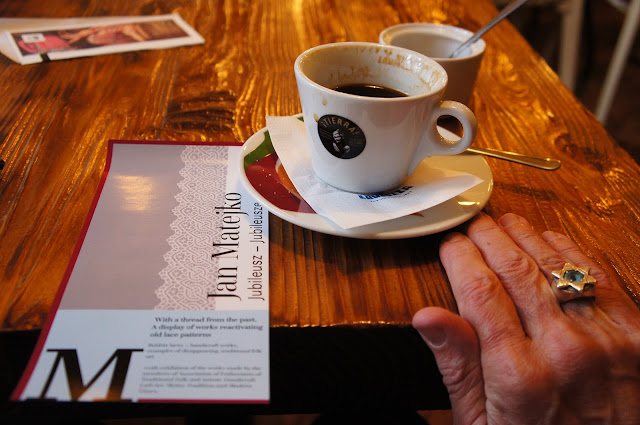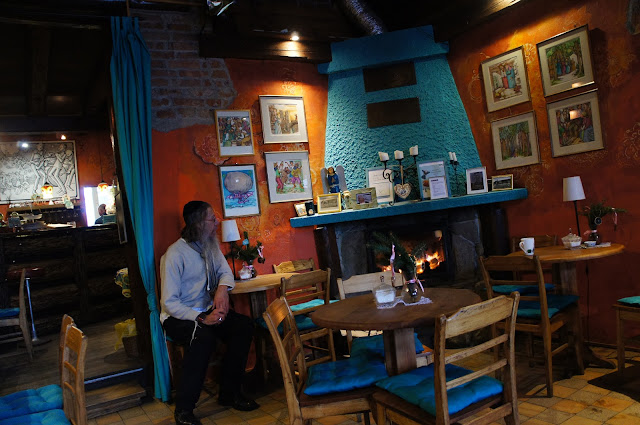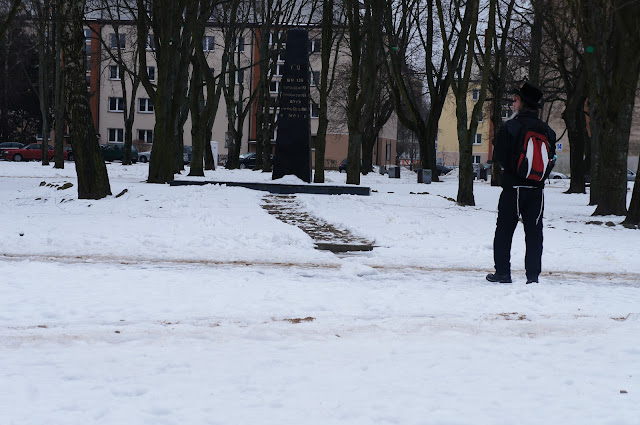JACOB JR, MY JEWISH WORLD. MEHO CAFÉ. KRAKOW - POLAND.

Thursday, Cheshvan 11, 5781. October 29, 2020. Shalom! World. Meho Café. Dom Józefa Mehoffera Muzeum. Krupnicza 26. Krakow - Poland. The Meho Café is a real diamond inside the Mehoffera Museum: the beauty of the place, the high quality of the coffee and the service will touch you in the heart, and you will return, trust me. During the spring and summer there is a beautiful garden with good tables to enjoy the sun. Krakow has a lot of good Cafés and Meho is one of the best if do you want a selected place. Cultural Support: Jacob Jr. Benleumi, Advisor, Consulting and Education. International Relations Analyst.





